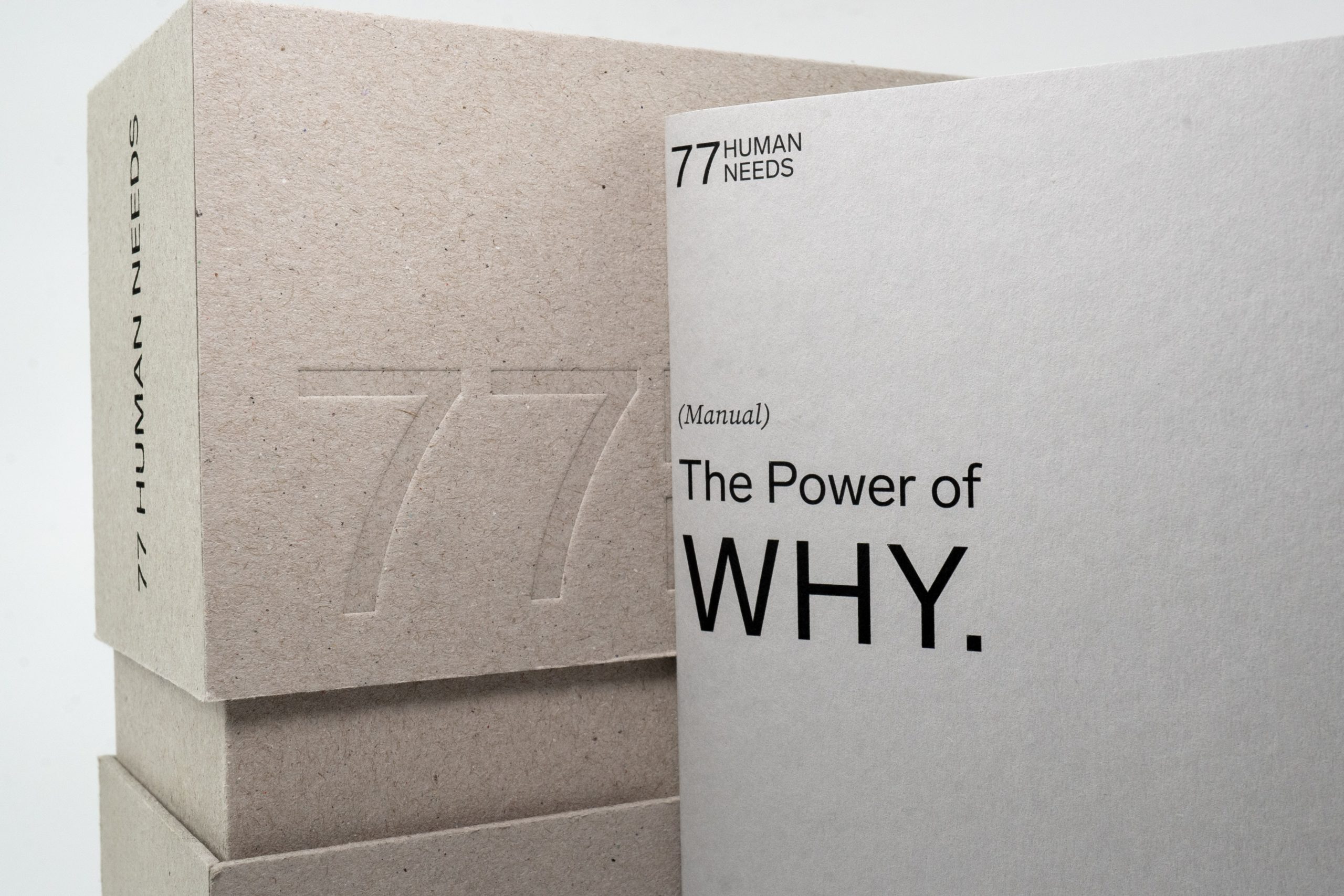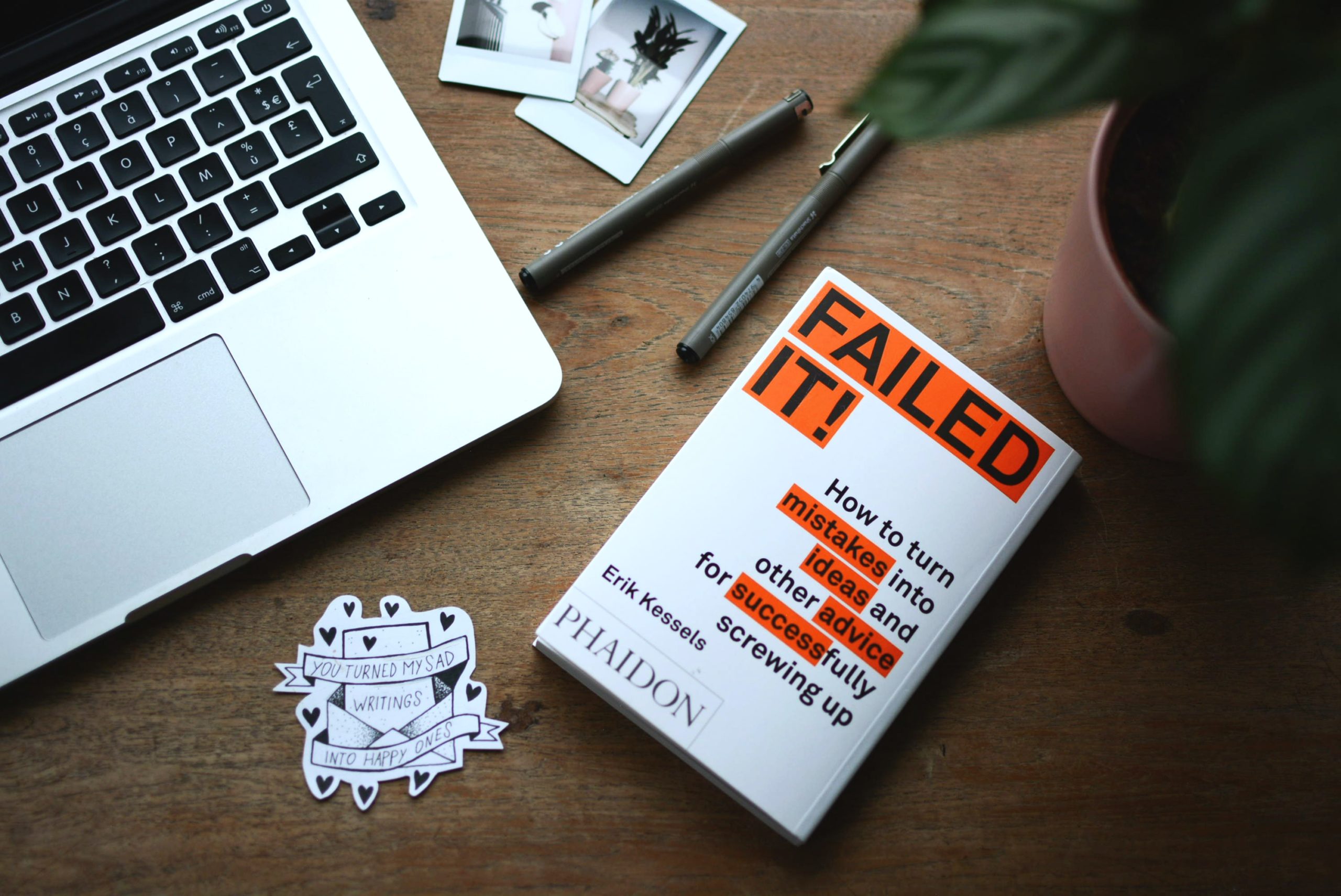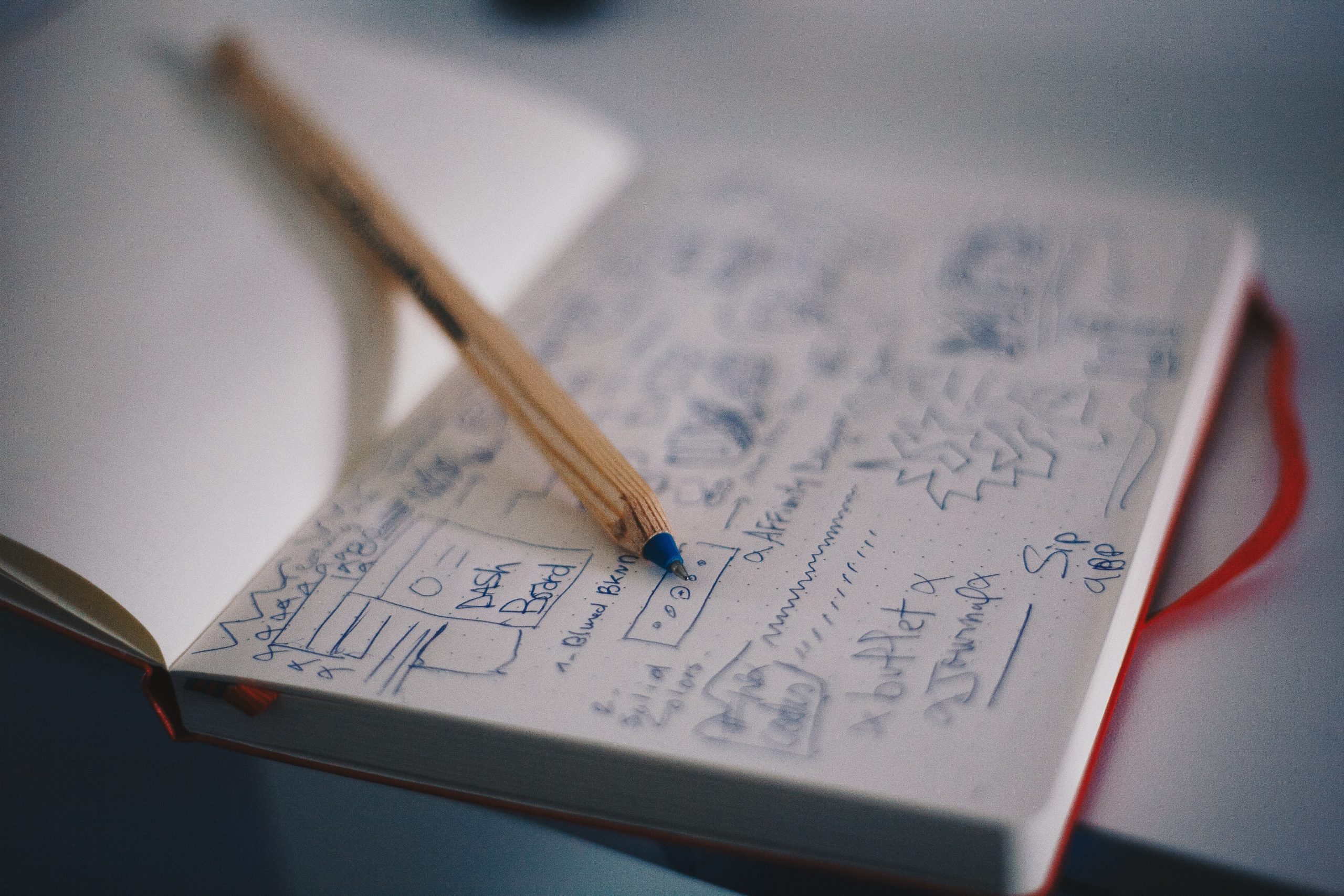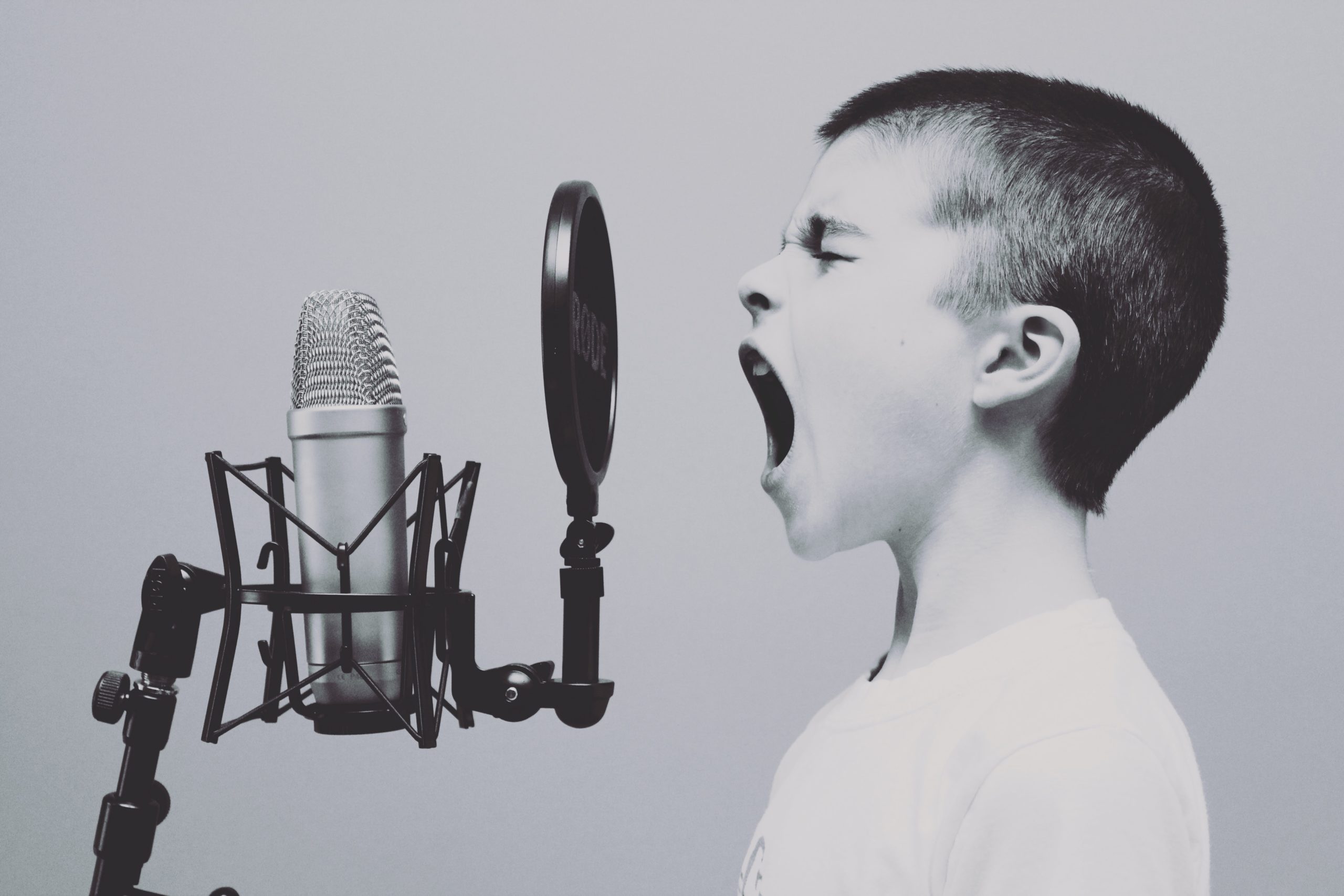
Book Design: An Inside Job

Writing Your Book is Only the First Step
I’ve published nearly 50 books and had a role in designing many books I’ve ghostwritten and/or edited. From this experience, I know that the interior design of a book plays a huge role. It can even determine whether a reader will close your book and never read it again.
Some self-published authors want to do everything, including design. If you’re among them, you need to know as much as you can about this vital area. If you’ve decided to turn design over to a professional, know enough to evaluate the designer’s choices.
I also recommend that you look at a lot of book interiors. See what design styles appeal to you.
This blog post won’t answer all your questions about interior design, but it will provide some essential basics.
Keep It Clean
R. Hegnauer, who has designed over 250 books, says in “What a Book Designer Wants Self-published Authors to Know,”
“With prose, you want to keep the text clean and easy to read. This isn’t a place for experimentation with fonts. Once the reader notices the font, they’re getting distracted from the content and not really enjoying the book. The reader shouldn’t even notice the style of the text, like if it’s too small or strange.“
Keep It Elegant
Jeremiah Shoaf of typewolf.com, compiled a list of top 10 favorite body text fonts. If you take a look at this, you’ll see the possibilities.
Handy as this list is, I have one disagreement. He shows two sans serif fonts. A sans serif font looks like THIS. It’s straight up and down and it gets boring fast.
For text—as distinct from headings and subheads—always choose a serif font like the one you’re reading.
Another factor in choosing a text font is that some fonts have wider characters than others. The Times Roman family is narrower than Palatino. That means you’ll get more words per printed page.
If you want to end up with more pages, choose a wider font. You can research this, or you can simply try out an average page of your manuscript with different font choices. A designer can also help you here.
Keep It Honest
You’ve probably seen self-published books with very large type and very wide margins. These authors (or, less likely, designers) have decided to blow some air into their books. Maybe they don’t have enough pages for the book to have a spine.
They would do better to write more. A book that has been deceptively designed to look bigger than it is in terms of content gives independently-published books a bad name.
The same is true of the opposite approach: cramming as much type as possible into a book in order to keep the price lower. Such a book looks unattractive and cheap.
I also urge against extra leading, which is the space between text lines. Two to three points of space has been the industry standard for decades. That means if you use 12-point type, which is a highly readable size, the space between lines should be 14 or at most 15 points.
Some self-published authors use double spacing between paragraphs. This happens more commonly in non-fiction books, and its proponents say that it makes the information easier to absorb.
It may, but it may also look like more air blowing into the text to expand it. Putting a half-line of space, 6 or 7 points, between paragraphs is a more subtle way to provide white space.
Other ways to make the text more readable include:
- Bulleted and numbered lists
- Frequent subheads with space above and below
- Boxed quotations that capture important points
Get Feedback
Whether or not you intend to design your book, design a few pages, or ask your designer to design a sample for you. This should include a chapter opening page and two facing pages. If your book will have design elements such as extracts, boxed materials, tables, numbered and/or bulleted lists, design or ask to see samples of these, as well.
Show these pages to friends, and get their feedback. Incorporate their suggestions into any revisions.
Major Caveat: Finalize your design choices before you format your manuscript or have it formatted. Otherwise, you will face either a time-consuming or a costly process.
The time you spend on designing your book marks one more essential stage in preparing it—and you—for success.
Pat Iyer is a book coach, editor and ghostwriter. She works with layout artists to help her clients create an independently published book of which they are proud. Contact her here. Her website is patiyer.com
Pat built a service business assisting attorneys with cases involving medical issues. After growing that business to a multi-million dollar one, after 25 years, she sold it in 2015 and now devotes her time to mentoring, writing and editing. Get tips for polishing your writing style and gaining business through the material you write: Listen to Writing to Get Business Podcast on the C Suite Radio platform.
Reach her through Patiyer.com|Do you have an amazing business success you want to share? Pat Iyer has worked with experts helping them share their knowledge since she first began writing and editing books in 1985. Pat Iyer has written or edited over 800 chapters, books, case studies, articles or online courses. She delights in assisting people to share their expertise by writing a book. Pat serves as a developmental editor and ghostwriter.
Pat built a service business assisting attorneys with cases involving medical issues. After growing that business to a multi-million dollar one, after 25 years, she sold it in 2015 and now devotes her time to mentoring, writing and editing. Get tips for polishing your writing style and gaining business through the material you write: Listen to Writing to Get Business Podcast on the C Suite Radio platform.
Reach her through Patiyer.com|Do you have an amazing business success you want to share? Pat Iyer has worked with experts helping them share their knowledge since she first began writing and editing books in 1985. Pat Iyer has written or edited over 800 chapters, books, case studies, articles or online courses. She delights in assisting people to share their expertise by writing a book. Pat serves as a developmental editor and ghostwriter.
Pat built a service business assisting attorneys with cases involving medical issues. After growing that business to a multi-million dollar one, after 25 years, she sold it in 2015 and now devotes her time to mentoring, writing and editing. Get tips for polishing your writing style and gaining business through the material you write: Listen to Writing to Get Business Podcast on the C Suite Radio platform.
Reach her through Patiyer.com
- Getting to Know Your Ideal Reader - July 19, 2021
- Why You Should Write a Book Proposal—Even If You Plan to Self-Publish - July 19, 2021
- Know When To Stop - April 19, 2021






